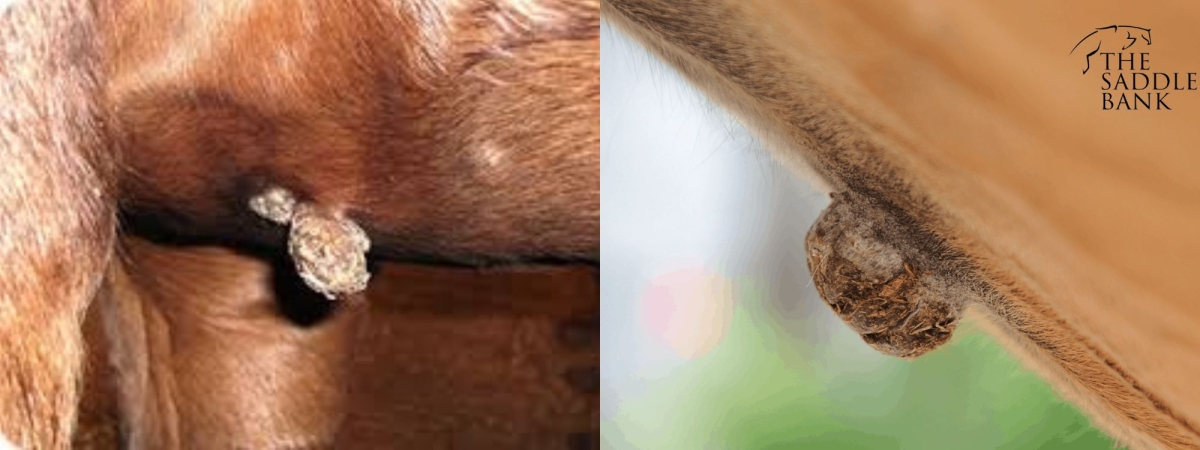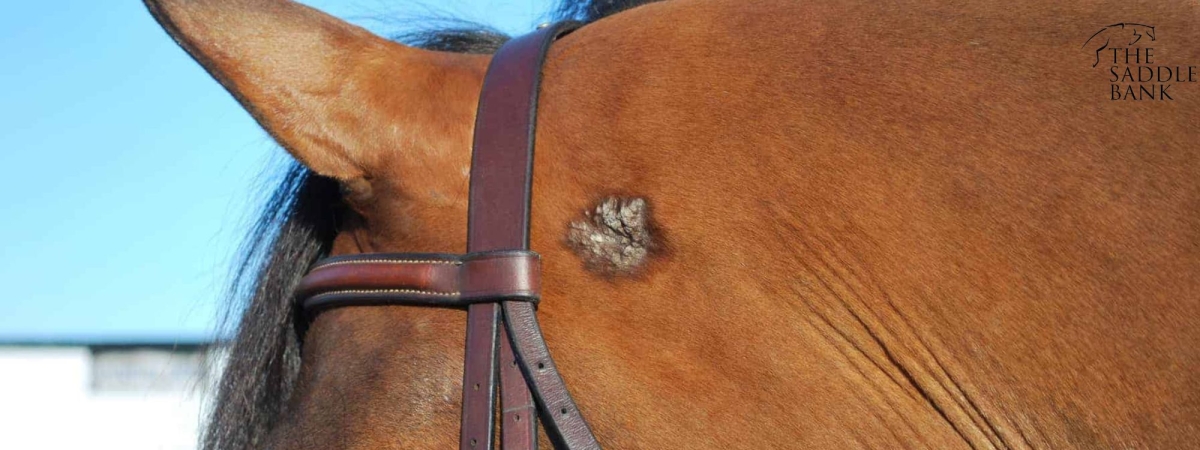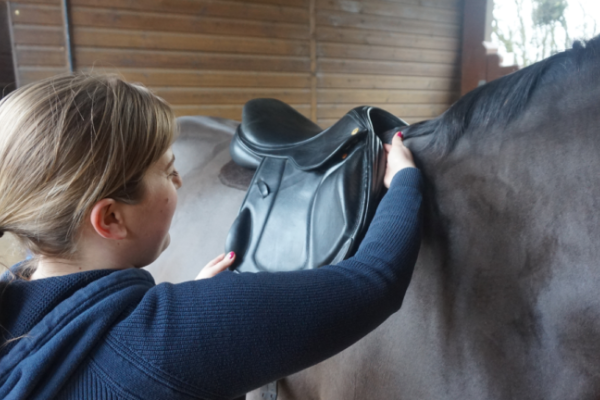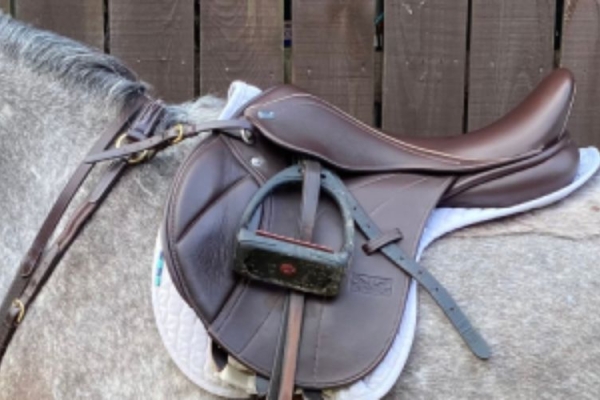All about Sarcoids
Sarcoids are one of the most common skin tumors found in horses. They can vary in appearance and behavior, which makes them a challenging condition for horse owners to manage and understand. In this blog post, we will discuss the top five things that owners need to know about sarcoids in horses.
1. What are Sarcoids?
Sarcoids are unique to equids (horses, donkeys and zebras). They can appear in a variety of different forms (from flat / warty areas of skin to lumps) and are usually persistent and progressive. Very occasionally, in young horses, sarcoids can spontaneously disappear, but this is rare. These tumors can develop anywhere on a horse's body but are commonly found around the head, neck, chest, belly, and groin areas. Sarcoids are not malignant cancers but can be locally invasive and cause significant discomfort and cosmetic issues for affected horses.
2. Causes and Risk Factors:
The exact cause of sarcoids is still unknown by Vets, but there are several factors that have been associated with their development. These include:
a) Bovine Papillomavirus (BPV): Research suggests that there are certain strains of BPV play a role in sarcoid development. Horses may contract the virus through direct contact with infected cattle or contaminated equipment.
b) Genetic Predisposition: Some horses may have an amount of genetic predisposition to developing sarcoids. Breeds such as Quarter Horses and Arabians, have shown a higher susceptibility to sarcoids than other breeds.
c) Trauma or Skin Damage: It is believed that previous trauma or skin damage can trigger the development of sarcoids in susceptible horses. Insect bites, cuts, or wounds in specific areas may also be significant to the increasing the risk.
3. Diagnosis and Treatment:
Diagnosing sarcoids typically involves a thorough physical examination by a vet. There are some cases, a biopsy may be necessary to confirm the diagnosis. Treatment options for sarcoids vary depending on the size, location, and behavior.
It is crucial to consult with a vet experienced in equine dermatology to determine the most appropriate treatment plan.
Some common treatment methods include:
a) Cryotherapy: This technique involves freezing the tumor using liquid nitrogen. Cryotherapy can be successful for certain types of sarcoids but may require multiple treatments.
b) Surgical Excision: Surgical removal of sarcoids can be effective, especially for small tumors. However, this method may not be suitable for all cases, as sarcoids have a high recurrence rate after surgery.
c) Immunotherapy: Immunostimulant drugs or vaccines can be used to stimulate the horse's immune system and target the tumor cells. This approach has shown promising results in some cases.
d) Topical Treatments: Various creams, ointments, or gels containing anti-tumor agents may be prescribed to manage sarcoids. These topical treatments aim to shrink or control tumor growth.
4. Prognosis and Recurrence:
The prognosis for sarcoids varies depending on several factors, including the tumor's type, location, and response to treatment.
Some sarcoids may remain stable without causing significant issues, while others can grow rapidly and become more invasive.
Unfortunately Recurrence is a common challenge with sarcoids, regardless of the treatment method used.
It is essential for owners to monitor their horse closely after treatment and promptly report any changes to their veterinarian.
5. Prevention and Management:
While it is challenging to prevent sarcoids entirely, there are measures owners can take to minimize the risk and manage affected horses:
a) Minimize Exposure to BPV: Limiting direct contact between horses and cattle can reduce the risk of BPV transmission. Separate feeding areas and equipment should be provided.
b) Prompt Wound Care: Proper wound management is crucial to prevent the development of sarcoids. Clean and treat any cuts, bites, or wounds promptly to minimize the risk of tumor formation.
c) Regular Veterinary Check-ups: Regular veterinary examinations can help detect sarcoids in their early stages. Early intervention often leads to more successful treatment outcomes.
d) Ensuring management plans are tailored to each horse: Both yard owners and the horse owners should be aware of their horse's in their cares susceptibility to sarcoids based on breed and family history. Tailoring management practices accordingly can help minimise the risk.
Sarcoids are a common and complex condition that requires careful management and veterinary intervention. By understanding the nature of sarcoids, their causes, treatment options, and preventive measures, horse owners can navigate this challenging issue more effectively. Remember, consulting with a qualified veterinarian is crucial for accurate diagnosis and appropriate treatment.


















